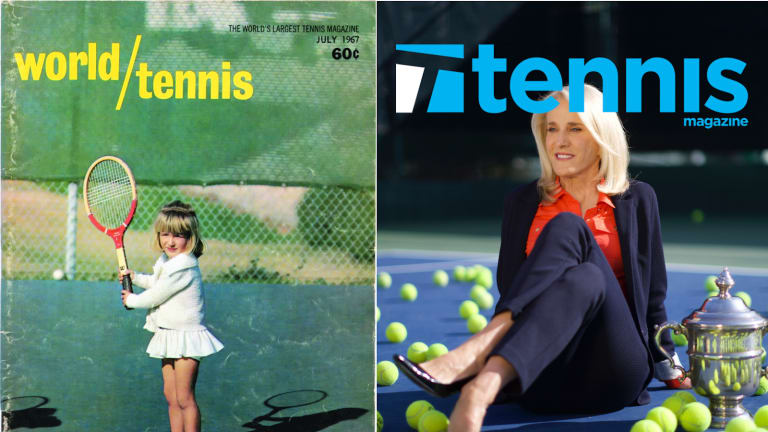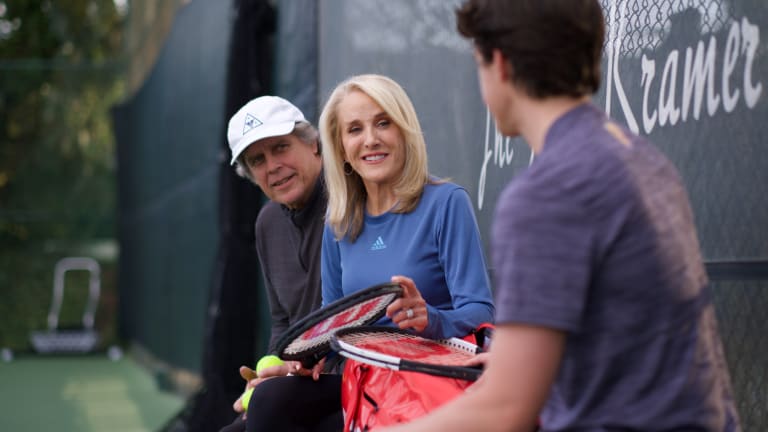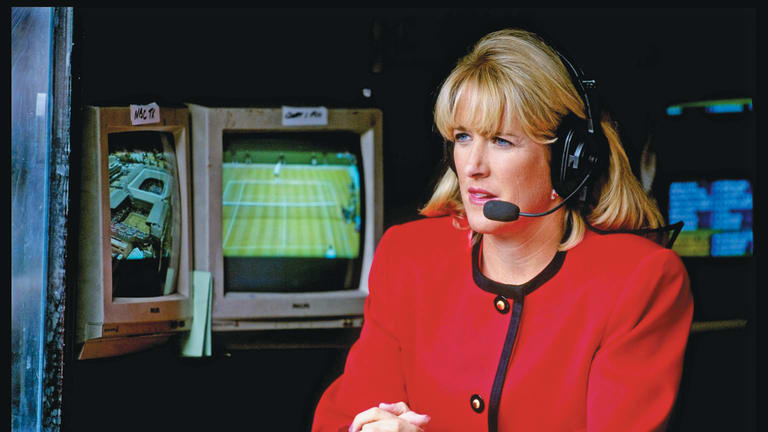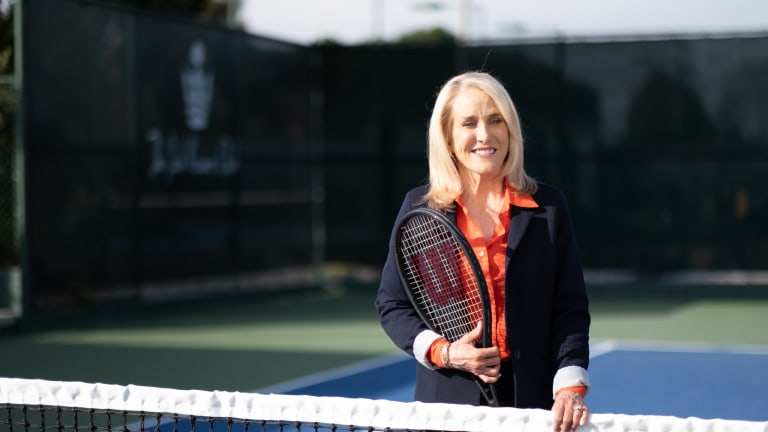As a player, Tracy Austin spent her life mastering a sport where timing and movement are paramount. But even today, 28 years after Austin ended one of the finest careers in tennis history, she embodies those principles virtually every minute, her days and nights a merry-go-round of roles that demonstrate a relentless passion for the game.
- At 4:00 a.m. on a California winter morning, she’s an analyst, pen in hand to take notes and prepare to analyze matches for Tennis Channel.
- At 9:00 a.m. on the courts she’s played on since birth, she’s a player, in the thick of a zealous workout that combines competition and camaraderie.
- At noon on a sultry Hawaii afternoon, she’s a coach, in motion with racquet and words as she helps a group of corporate executives become better tennis players.
- At 3:00 p.m. on a weekend back home, she’s a mother, engrossed in the ups and downs of a match featuring one of her sons.
- At 7:00 p.m. on a London summer evening, she’s a legend, keen to compete at Wimbledon against longstanding rivals who are also dear friends.
- At 10:00 p.m. on a New York night, she’s a host, primed to meet fans inside a sponsor suite at the US Open, and interview tennis icons such as Andy Roddick, Monica Seles, Jimmy Connors, Billie Jean King and John McEnroe.
The youngest US Open champion in history (at 16) and the youngest person to be inducted into the International Tennis Hall of Fame (at 29), Austin will turn 60 this December. But there are absolutely zero signs of slowdown.
What is it about tennis that continues to engage her?
“Let me count the ways,” Austin says from her home, with a US Open trophy peeking from the background. “Tennis is like chess. Every match is different, every day is different. I feel fortunate that tennis has allowed me to be productive my entire life.
“So much of an athlete’s life is discipline and compartmentalizing and setting goals. All of those character traits help you when you get into another job. We’re not afraid to work hard too, to get up really early and put in the time.”
While many professional tennis players share Austin’s work ethic, she also possesses an attribute 180 degrees removed from a world-class athlete’s single-minded focus: a genuine interest in other people. Austin’s kindness and curiosity instantly creates a spirit of engagement and inclusion. Everywhere she goes, the woman who frequently describes herself as “a people person” builds a family-like atmosphere.
Jeremy Steindecker, president of marketing firm Net Results, has worked with Austin at more than 500 events over the last 15 years.
“Nobody is better than Tracy,” he says. “She is the most professional, humble, gracious, prepared. It’s the champion’s mentality.”
Then again, for Austin, the link between family and tennis is perfectly logical. As she notes, “Tennis was the glue that held our family together.”




